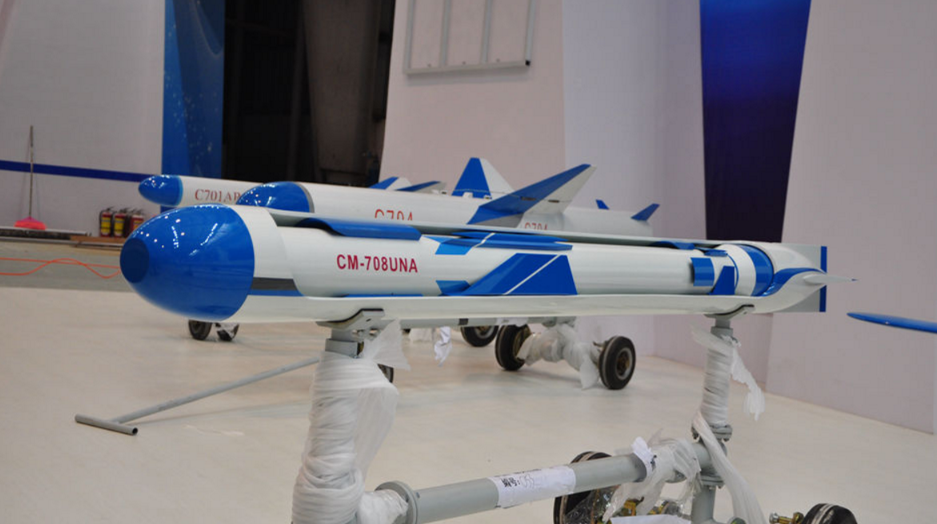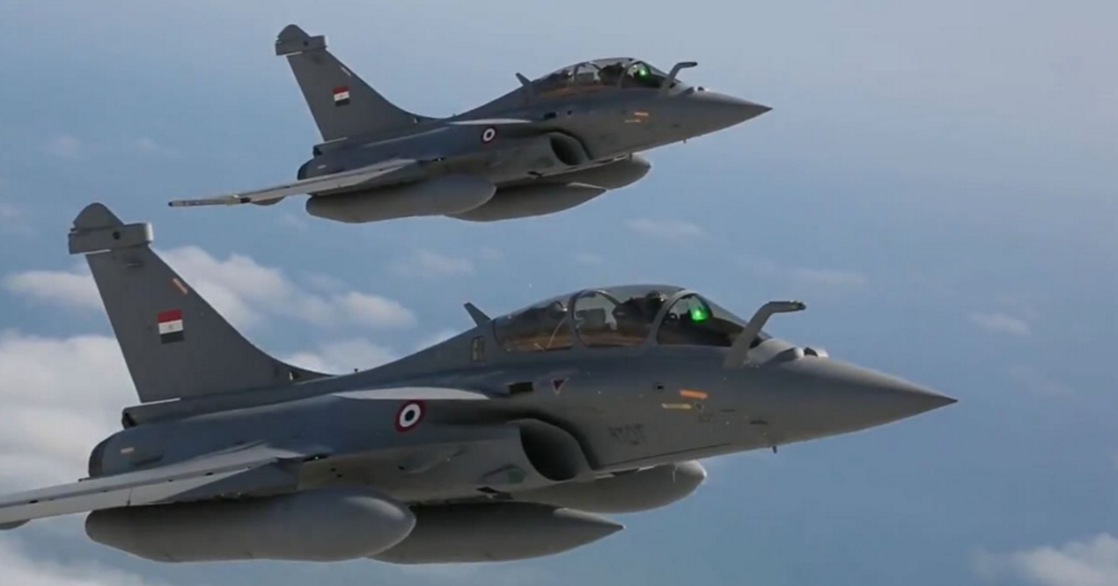2870Views 2Comments

U.S. State Department greenlights Qatar F-15QA sale
The U.S. Department of State has formally greenlighted a proposed $21 billion sale of up to 72 Boeing F-15QA fighter aircraft (alongside requisite support, training, and weapons) to Qatar.
Notes & Comments:
Besides the number of aircraft and the main contractors (e.g. Boeing, BAE Systems, General Electric, etc), the DSCA notice does not offer specific details – e.g. the F-15QA’s proposed radar, munitions, electronic warfare and electronic countermeasures suite, etc. However, it does note that the program would help Qatar “meet current and future enemy air-to-air and air-to-ground threats.”
Although the DSCA notice does not necessitate a firm 72 fighter order from Qatar, Doha’s intent to greatly expand and qualitatively enhance its airpower capabilities is apparent.
The quantitative aspect is obvious. From the Qatar Emiri Air Force (QEAF)’s current fleet of 12 Dassault Mirage 2000-5s, Doha will expand the QEAF’s fighter fleet by six into 72 F-15QAs and Dassault Rafales.
However, unlike the Mirage 2000-5s, the Rafales and F-15QAs are twin-engine fighters with considerably more range and payload capacity. In other words, Doha is imbuing itself with long-range engagement capabilities in both air-to-air and air-to-ground mission profiles.
The rationale for such expansion may not be apparent in the present, but it is possible that the Qatari government is anticipating a sharp climb in Iran’s conventional warfare capabilities in the long-term.
While the election of Donald Trump and the Republican Party’s continued hold in the House of Representatives does put the U.S.’ commitment towards its nuclear deal with Iran under question, it is not known to what extent Washington can or would thwart the likes of Iran and China from selling to Iran.
The impact of this could result in the sale of Russian and/or Chinese multi-role fighters, such as the Sukhoi Flanker and AVIC FC-20, to Iran (IHS Jane’s). Iran could rebuild its depleted air force into a numerically large and quantitatively potent force. If anything, the inclusion of the S-300 long-range surface-to-air missile (SAM) system confers Iran with broad defensive coverage against intruding aerial threats.
For Qatar, the focus could shift to long-range platforms capable of deploying stand-off range munitions. Interestingly, the State Department did not outline the munitions it had approved for sale to Qatar, but it would be surprising if the nature of those munitions breaks from the pattern set by Doha’s Rafale purchase, which includes a stand-off range cruise missile (i.e. MBDA SCALP).



2 Comments
by Matthys Jacobs
Quite a substantial order.
by John Rue
Qatar also has 24 Rafael on the order. After 72 F-15, probably they wont need Mirage 2000-5s but since India has already got them, probably PAF wont be interested. France may not be that supportive of that transaction either. They want to keep big customer happy.